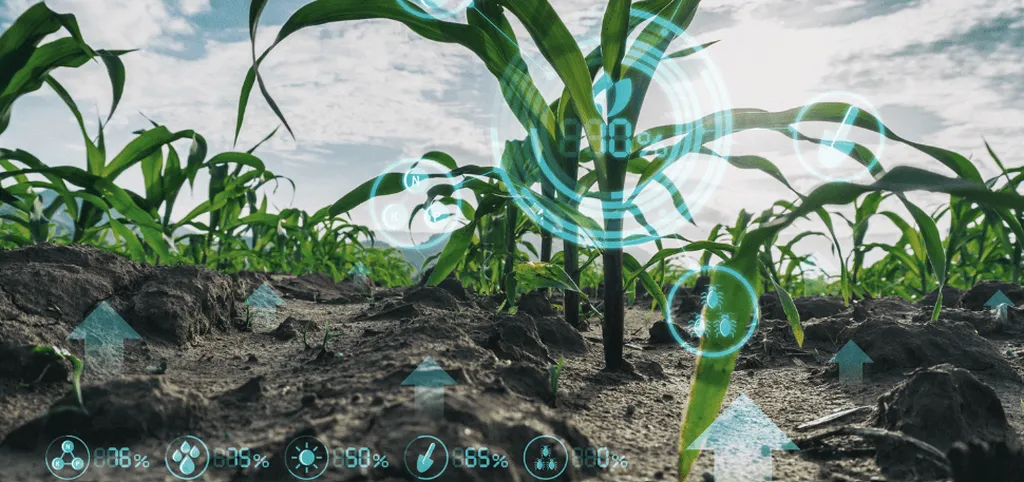In the ever-evolving landscape of agriculture, precision is becoming the name of the game. A recent publication in the EDIS series, penned by lead author Rao Mylavarapu from the United States, is shedding light on soil sampling strategies that could very well redefine how farmers approach nutrient management. The document, part of the UF/IFAS Nutrient Management Series, offers a comprehensive guide to soil sampling, a critical yet often overlooked aspect of modern farming.
Soil sampling is not just about sticking a probe into the ground and hoping for the best. It’s a science, and Mylavarapu’s work underscores the importance of strategic sampling to ensure accurate data collection. “Precision agriculture is all about making informed decisions,” Mylavarapu states, “and it starts with understanding what’s happening beneath the surface.”
The publication delves into the specifics of soil sampling strategies, emphasizing the need for systematic and representative sampling to gain a true picture of soil health. This is not just academic exercise; it has real-world implications for farmers and the agriculture sector at large. By adopting these strategies, farmers can make more informed decisions about nutrient application, leading to improved crop yields and reduced environmental impact.
The commercial impacts of this research are substantial. Precision agriculture is a growing trend, driven by the need for sustainable and efficient farming practices. With the global precision farming market projected to reach $9.5 billion by 2025, according to a report by MarketsandMarkets, the stakes are high. Mylavarapu’s work provides a solid foundation for farmers looking to adopt precision agriculture practices, offering a roadmap for effective soil sampling and nutrient management.
But the implications extend beyond immediate commercial gains. This research could shape the future of agriculture by promoting sustainable practices. By understanding and managing soil nutrients more effectively, farmers can reduce waste, minimize environmental impact, and improve long-term soil health. This is not just about increasing yields; it’s about ensuring the viability of agriculture for future generations.
The publication also touches on the importance of metadata and data management in the context of soil sampling. This might seem like a dry topic, but it’s a crucial aspect of modern agriculture. As farming becomes more data-driven, the ability to organize, analyze, and interpret data will be key to success. Mylavarapu’s work provides valuable insights into this process, offering guidance on managing submissions, contributors, and publication workflow.
In the end, this research is a testament to the power of precision in agriculture. It’s a call to action for farmers, researchers, and industry stakeholders to embrace data-driven practices and work towards a more sustainable and efficient future. As Mylavarapu puts it, “The future of agriculture lies in our ability to understand and manage our resources effectively. And it all starts with the soil.”
Published in the EDIS series and authored by Rao Mylavarapu from the United States, this document is a significant contribution to the field of agriculture, offering valuable insights into soil sampling strategies and their role in precision agriculture.

